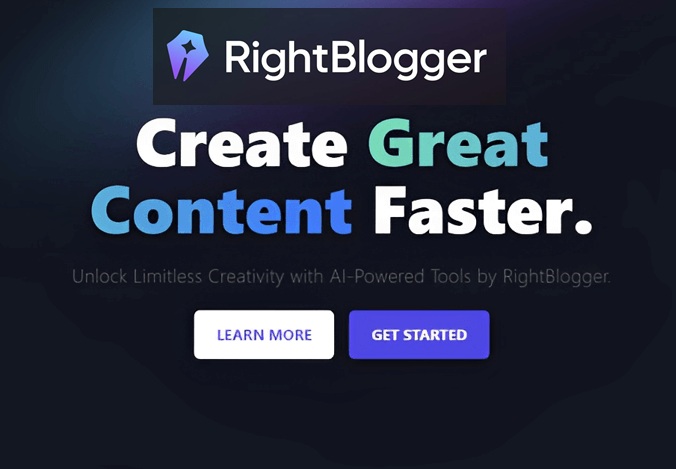Last Tuesday morning, while journalists across America were still brewing their first cups of coffee and scanning overnight news alerts, Matteo Ferretti’s team at Spynn had already used AI tools to see the trending topics and begun crafting compelling story angles for guaranteed placement across major business publications.
The stories would appear on Forbes, Business Insider, and dozens of other premium outlets through Spynn’s established editorial relationships and AI-enhanced content creation process.
This scenario represents more than just operational efficiency. It changes how PR agencies integrate artificial intelligence with traditional media relations. Spynn’s $12.5 million revenue and 83% annual growth in 2024 demonstrate that AI-assisted public relations has changed the industry by improving how stories get crafted, refined, and successfully placed in premium publications.
Why Traditional PR Fails Where AI Succeeds
Traditional public relations operates on the “pitch and pray” model. PR professionals craft story pitches based on intuition, industry experience, and educated guesses about what editors might find interesting. Unsurprisingly, success rates are so low because of the inherently inefficient system.
Spynn’s AI-enhanced approach improves this paradigm significantly. Their team uses artificial intelligence tools to analyse social media conversations, search trends, and emerging topics across multiple platforms. The technology helps identify what people are discussing and what topics are gaining momentum, allowing for more informed content creation.
“AI helps PR teams design smarter, more tailored campaigns without losing creativity,” explains Ferretti. “Our clients have seen unmatched media coverage and engagement with AI-powered strategies.”
The current approach has Spynn achieving over 10,000 guaranteed story placements for more than 3,000 clients, maintaining a 4.9 out of 5 rating on review platforms. Their guaranteed placement model has changed traditional PR by offering certainty rather than hope.
Clients who want to get featured in Forbes no longer need to rely on uncertain pitching processes when working with Spynn’s proven placement system.
Combining Human Creativity with Machine Intelligence
What makes Spynn’s approach particularly effective is its recognition that artificial intelligence tools alone are not sufficient for good storytelling. Their hybrid methodology uses AI for initial content drafting and trend identification, while human experts focus on strategy, relationship building, and infusing campaigns with emotional intelligence.
“AI should enhance, not replace, the human touch in PR,” Ferretti believes. This philosophy addresses one of the most significant challenges facing AI-generated content, and that is maintaining authenticity and emotional resonance that drives genuine engagement.
Spynn’s human editors work as strategists and refiners, taking AI-assisted insights and transforming them into narratives that feel genuinely compelling. They add context, emotion, and cultural nuance while ensuring the content meets editorial standards. The result is content that combines the efficiency of artificial intelligence with the authenticity that only human creativity can provide.
This approach has led to increased engagement and conversion rates for clients, demonstrating that the future belongs not to pure AI or pure human approaches, but to sophisticated collaborations between artificial and human intelligence.
From Startup to Multi-Million Dollar Success
Spynn’s success expanding to clients across six time zones with access to more than 200 publications reflects changes in how PR agencies can use technology while maintaining editorial relationships. Since launch, the company has received 16,000 inquiries for its services and has been recognised among top global PR companies for its unique AI-assisted approach.
“We go beyond conventional methods in public relations. We strive to challenge accepted practices and discover other ways to create better and successful campaigns for our clients,” explains Ferretti.
The firm’s guaranteed placement model stands out in an industry traditionally built on uncertain outcomes. While conventional agencies charge substantial retainers with no guaranteed results, Spynn bypasses typical pitching processes and directly secures editorial coverage through its established media relationships.
Breaking Through Complex Tech Storytelling
Spynn has found particular success in high-tech PR, where complex technical concepts require translation into compelling news stories. The agency excels at transforming technical concepts into features that speak with industry experts and mainstream audiences.
“AI companies need to tell stories that connect with investors and everyday people. Explaining technology is tricky because startups need to explain and show how they improve lives,” Ferretti notes. This approach has made Spynn particularly valuable for tech startups seeking to build credibility beyond their sector.
What Comes Next for AI-Assisted Communications
Spynn’s story represents a practical approach to integrating artificial intelligence into public relations that enhances human capabilities rather than replacing them. Their success demonstrates that AI tools can significantly improve content relevance and editor acceptance rates when combined with human expertise and established media relationships.
The industry’s challenge is learning to use AI tools effectively while maintaining authentic storytelling that builds genuine connections. Spynn’s hybrid model suggests a path forward where technology amplifies human creativity, creating more efficient and effective PR campaigns.
PR agencies continue adapting to new technologies, and Spynn’s approach offers a model for agencies planning to use AI tools while preserving the human elements that make communications relatable and authentic.
Related News:
How Thailand Is Becoming Southeast Asia’s Digital Powerhouse














